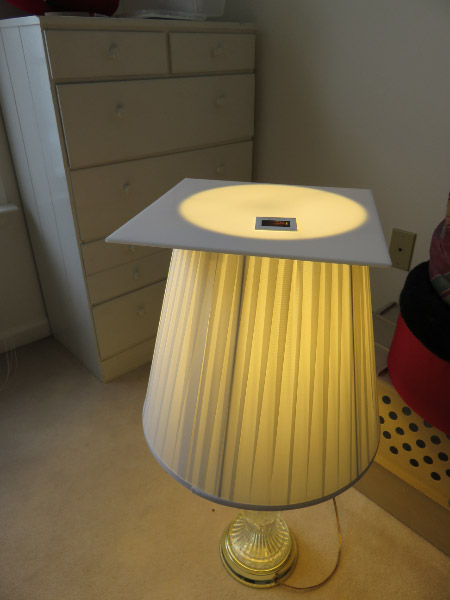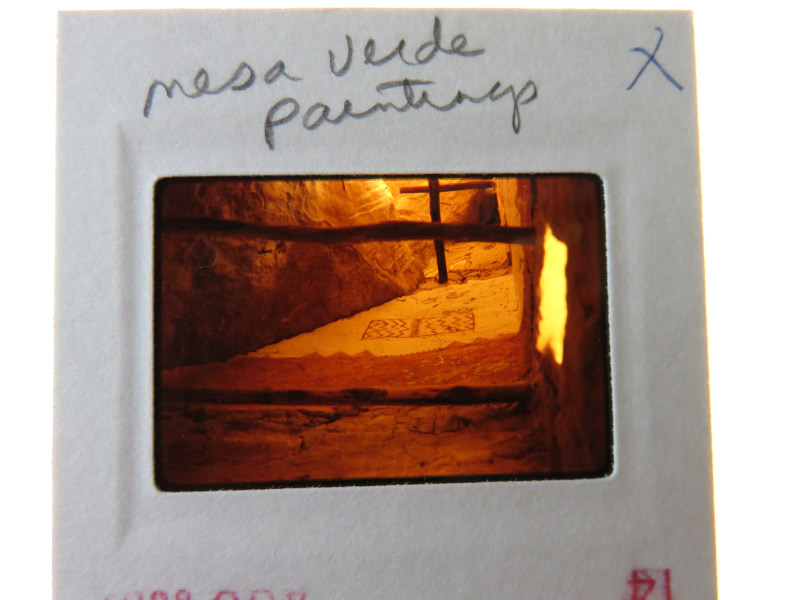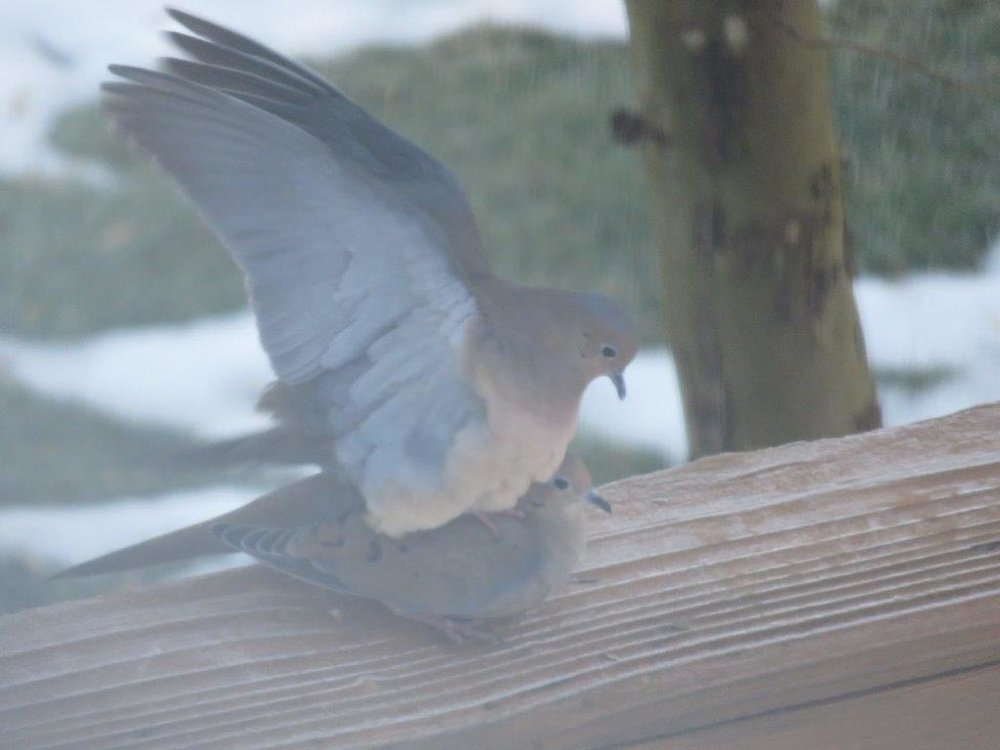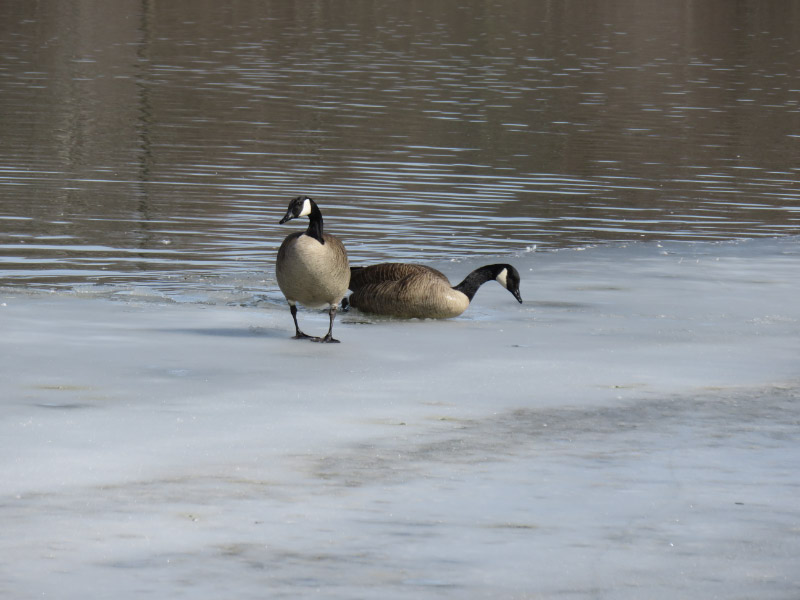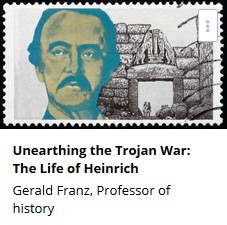The items below were ‘the cream’ of the articles and websites I found this past week. Click on the light green text to look at the article.
Dragonfly is world-record flier – Confirmed by genetic analysis…this insect makes transoceanic flights.
Identity unearthed: How excavations in Sudan reveal the transformation Egyptian, Nubian culture – Cultural blending in the ancient world…with a lot of individual choice involved: Nubian bed or Egyptian coffin, wrapped like a mummy or not, Egyptian-type amulet or Nubian jewelry (or both).
Fitting into what I’m learning in my Big History class: Mysterious cosmic radio bursts found to repeat, Hubble breaks cosmic distant record: sees universe soon after big bang, and Einstein’s gravitational waves ‘seen’ from black holes – Every time I take a course, it seems like there are a lot of relevant articles coming out in the news feeds!
Astrobiology: Understanding Life in the Universe – Student companion site for the Charles S. Cockell text. Includes chart sets for each chapter – if all you want is an overview of the topic. The book is developed to support the Coursera Astrobiology course taught by the author (which I took last year).
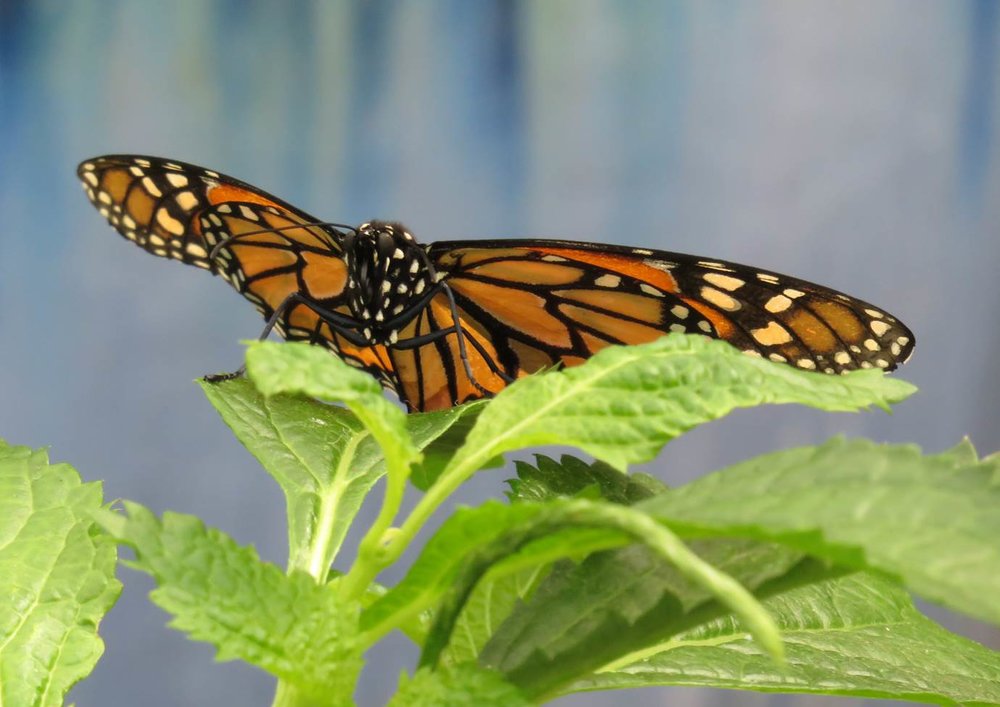 Migrating Monarch Number Rebound – Hurray! The good news is from analysis of the numbers of butterflies at hibernation sites in Central Mexico. There were 3x more butterflies than the year before. Still – the area is still a lot lower than the 45 acres in 1996. The area was 10 acres in 2015, 2.79 in 2014, 1.66 in 2013. Outside of the hibernation sites – more people are planting or conserving milkweed which is needed for monarch survival and keeping that focus on increasing milkweed availability in the environment is what we in the US can do to help.
Migrating Monarch Number Rebound – Hurray! The good news is from analysis of the numbers of butterflies at hibernation sites in Central Mexico. There were 3x more butterflies than the year before. Still – the area is still a lot lower than the 45 acres in 1996. The area was 10 acres in 2015, 2.79 in 2014, 1.66 in 2013. Outside of the hibernation sites – more people are planting or conserving milkweed which is needed for monarch survival and keeping that focus on increasing milkweed availability in the environment is what we in the US can do to help.
Toward diagnosing diseases such as cancer in their earliest stages – But can it be done very inexpensively? So far a lot of these diagnostic tests have added cost to the medical system and there a lot of people that are not going to have the disease (i.e. there is a lot of cost of lots of testing to find the few people that need treatment).
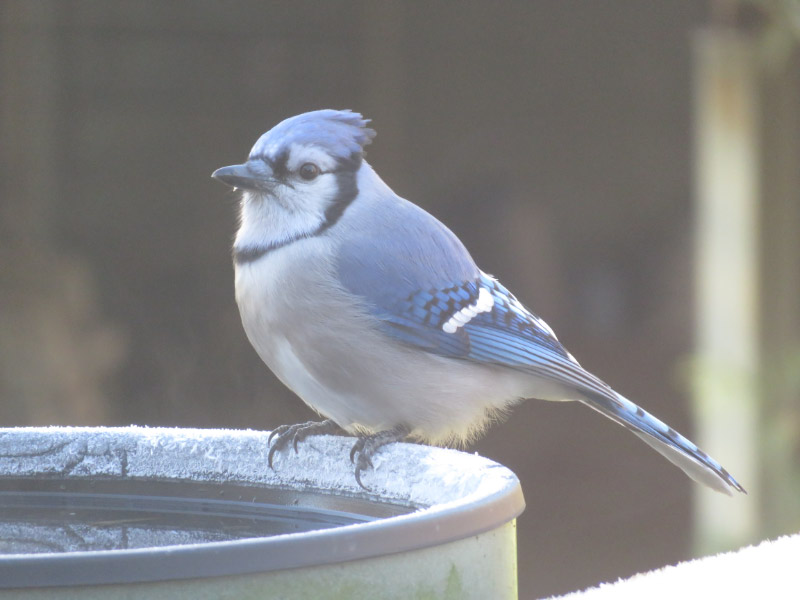 Can some birds be just as smart as apes? – Research with corvids (crows, jays and their kind) and parrots reveals that they are capable of thinking logically, of recognizing themselves in the mirror and of empathy. Even though the brain structures and size appear quite different…both birds and apes have a prefrontal brain structure that controls similar executive structures.
Can some birds be just as smart as apes? – Research with corvids (crows, jays and their kind) and parrots reveals that they are capable of thinking logically, of recognizing themselves in the mirror and of empathy. Even though the brain structures and size appear quite different…both birds and apes have a prefrontal brain structure that controls similar executive structures.
Irish Eyes Soda Bread – Something to bake for St. Patrick’s day – coming up on the 17th.
Uncovering the Roman Roads Cutting Across England - An amateur archeologist using LIDAR…reveals roads the Roman’s build for trade and rapid deployment of troops (follow the ‘full story’ link at the bottom of the article to see a map).
Who Sleeps? – Sleep conserves energy and may be why so many species sleep…but there may be other benefits at all. This an article that summarizes our current understanding of sleep in some major types of organisms (marine mammals, birds, insects, and mentions ongoing research.
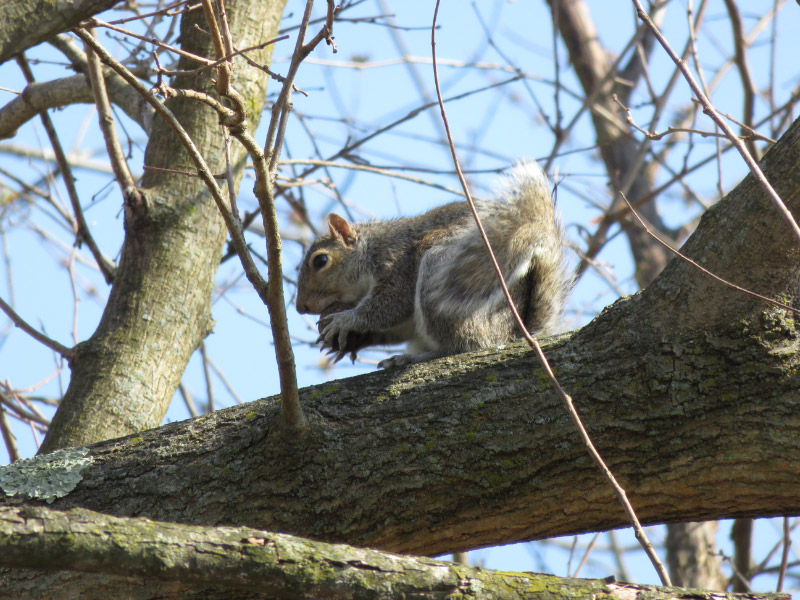 A sunny day for a hike (it was often muddy but the temperature was pleasant enough)
A sunny day for a hike (it was often muddy but the temperature was pleasant enough)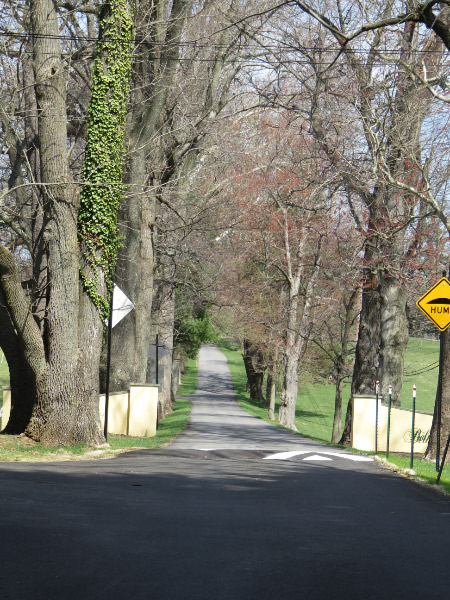 Feeling prepared for spring field trips at Mt. Pleasant Farm and Belmont (after training that happened this month)
Feeling prepared for spring field trips at Mt. Pleasant Farm and Belmont (after training that happened this month)




